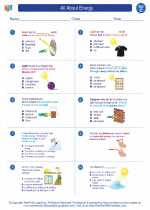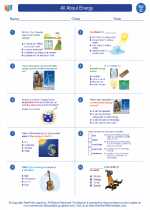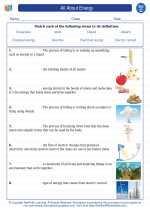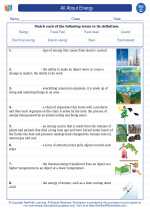Worms: Nature's Soil Engineers
Worms are a type of invertebrate animal that belongs to the phylum Annelida. They are known for their long, cylindrical bodies and the way they move by contracting and relaxing their muscles. Worms play a crucial role in ecosystems, especially in soil health and nutrient cycling.
Anatomy of Worms
Worms have a simple body structure with a head, a tail, and a segmented body. They lack eyes and ears but have chemoreceptors to sense their environment. Their bodies are covered in a moist, slimy layer that helps them move through soil easily. Worms also have a simple digestive system, with a mouth at one end and an anus at the other.
Types of Worms
There are various types of worms, but two of the most common ones are earthworms and compost worms. Earthworms, such as the Lumbricus terrestris, are found in soil and play a vital role in aerating and mixing the soil, which improves its structure and drainage. Compost worms, like the red wigglers (Eisenia fetida), are used in vermiculture to break down organic matter into nutrient-rich compost.
Ecological Importance
Worms are essential for soil health and nutrient cycling. They consume organic matter and soil, breaking it down into smaller particles. As they move through the soil, they create tunnels and burrows, which improve soil aeration and water infiltration. Their castings, or excrement, are rich in nutrients and help enrich the soil, making it more fertile for plant growth.
Study Guide
- What phylum do worms belong to?
- Describe the body structure of worms.
- Explain the ecological importance of worms in soil health.
- Differentiate between earthworms and compost worms.
- How do worms contribute to nutrient cycling?
Understanding the role of worms in ecosystems and soil health is crucial for understanding the interconnectedness of living organisms and their environments.
.◂Science Worksheets and Study Guides Third Grade. All About Energy

 Worksheet/Answer key
Worksheet/Answer key
 Worksheet/Answer key
Worksheet/Answer key
 Worksheet/Answer key
Worksheet/Answer key
 Worksheet/Answer key
Worksheet/Answer key
 Worksheet/Answer key
Worksheet/Answer key
 Worksheet/Answer key
Worksheet/Answer key
 Vocabulary/Answer key
Vocabulary/Answer key
 Vocabulary/Answer key
Vocabulary/Answer key
 Vocabulary/Answer key
Vocabulary/Answer key
 Vocabulary/Answer key
Vocabulary/Answer key
